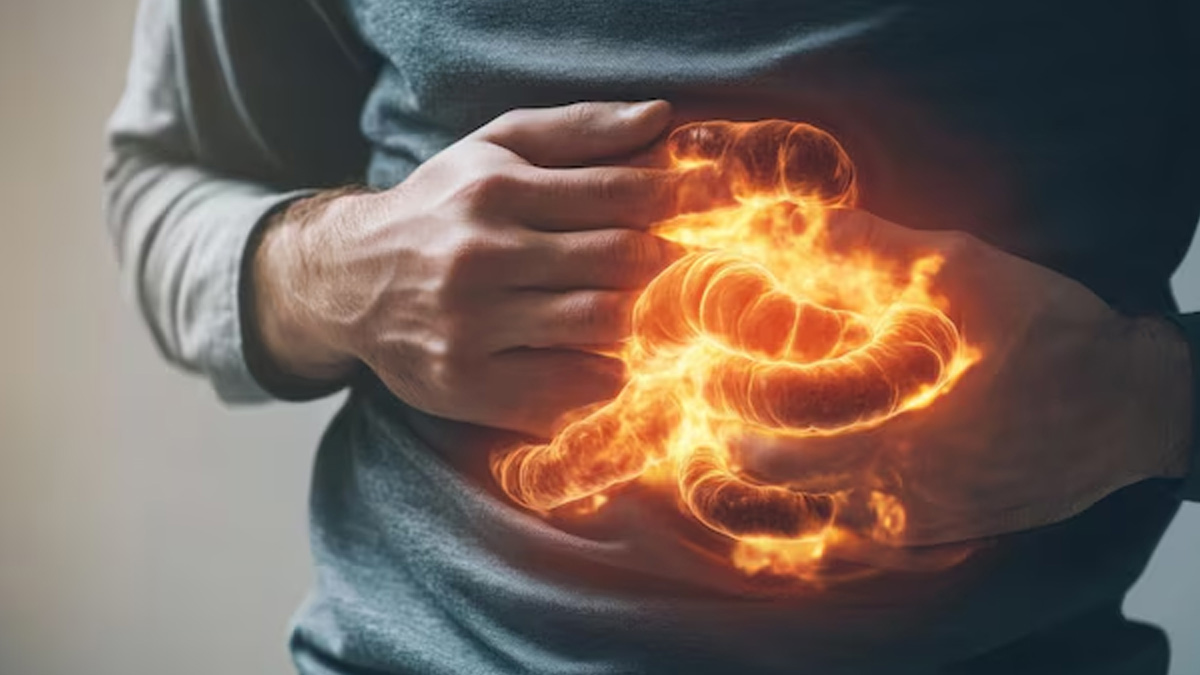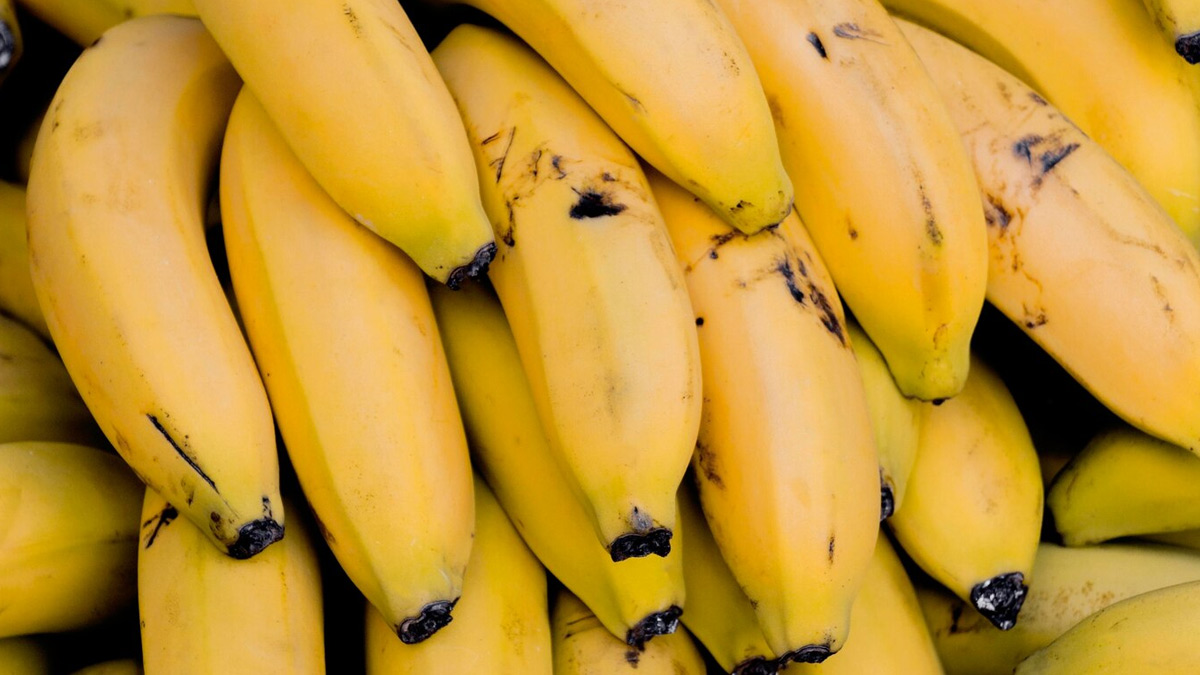
After a heavy meal, if you feel your stomach is uncomfortable, it's easy to think it's merely indigestion. However, the discomfort can be acidity, bloating, or even both, each with distinct causes and solutions. Though they are commonly mistaken, these are two separate digestive issues that demand different strategies, particularly food options.
Table of Content:-
Understanding the difference can help you manage symptoms more effectively and prevent them from recurring.
What is Acidity?

Acidity, or acid reflux, is when stomach acid moves back into the oesophagus. This reverse flow irritates the lining of the oesophagus and causes a burning sensation, popularly referred to as heartburn. It usually happens after eating, especially if one reclines shortly after a meal or eats foods that stimulate acid secretion.
Common symptoms include:
- A burning sensation in the chest or throat
- Sour or bitter taste in the mouth
- Frequent burping or belching
- Nausea
- Discomfort that worsens when lying down or after heavy meals
What is Bloating?
Bloating is a sensation of fullness, tightness, or swelling in the belly. It is most often the result of gas build-up in the stomach or intestines and is often connected with diet, imbalance of gut bacteria, or slowed digestion. Bloating is typically more pressure-like discomfort rather than burning.
Common symptoms include:
- A visibly distended or swollen abdomen
- Feeling full even after small meals
- Excessive gas or flatulence
- Gurgling or rumbling sounds in the stomach
- Discomfort that fluctuates throughout the day
Also Read: Acid Reflux Symptoms That Can Be Confused With Other Conditions
Key Differences Between Acidity and Bloating
Symptoms/Trigger
Area Affected
- Acidity: Chest and throat
- Bloating: Abdomen
Type of discomfort
- Acidity: Burning, sour, sharp pain
- Bloating: Pressure, fullness, tightness
Common triggers
- Acidity: Spicy, oily, acidic foods; caffeine
- Bloating: Gas-producing foods; eating too fast
Timing
- Acidity: Soon after eating or when lying down
- Bloating: May occur any time post-meal
Recognising these differences can help guide your diet and lifestyle changes more precisely.
What to Eat for Acidity
The goal in managing acidity is to neutralise excess acid and avoid foods that trigger reflux. Choose meals that are light, low in fat, and easy to digest.
Recommended foods

- Oatmeal: High in fibre and gentle on the stomach
- Bananas: Naturally low in acid and can soothe irritation
- Boiled vegetables: Carrots, beans, pumpkin, and other non-acidic options
- Ginger: May help reduce inflammation and support digestion
- Coconut water: Helps maintain pH balance and soothe the stomach lining
Foods to avoid
- Spicy or heavily seasoned dishes
- Tomatoes, oranges, and other citrus fruits
- Fried or deep-fried snacks
- Chocolate and peppermint
- Beverages with caffeine, such as coffee or cola
Additional tips
- Eat smaller, more frequent meals
- Avoid lying down for at least 2–3 hours after eating
- You can reduce reflux at night by elevating your head while you sleep
Also Read: IBS, GERD, And IBD: What Is The Difference And Why It Matters To Know
What to Eat for Bloating
For bloating, the focus should be on reducing gas formation and supporting smoother digestion.
Recommended foods
- Yoghurt with probiotics: Supports gut health and digestion
- Fennel seeds: Traditionally used to reduce gas and cramping
- Cucumber and papaya: Hydrating and promoting digestive enzyme activity
- Peppermint tea: Can help relax the muscles of the gastrointestinal tract
- Cumin seed water: May help reduce water retention and aid digestion
Foods to avoid
- Carbonated drinks (including soda and sparkling water)
- Cruciferous vegetables, such as cabbage, broccoli, and cauliflower
- Beans and lentils that are not soaked or cooked properly
- Artificial sweeteners, such as sorbitol and xylitol
- Chewing gum or eating too quickly
Additional tips
- Eat slowly and chew thoroughly
- Avoid drinking large quantities of water with meals
- Go for a gentle walk after eating to support digestion
When to Seek Medical Advice
If bloating or acidity symptoms are chronic, are interfering with daily functioning, or are accompanied by weight loss, vomiting, or severe abdominal pain, a healthcare provider should be seen. In some people, these symptoms can represent underlying conditions, such as Gastroesophageal Reflux Disease (GERD), peptic ulcers, or Irritable Bowel Syndrome (IBS). As stated in a 2011 study, more than 90% of individuals with IBS have bloating symptoms.
[Disclaimer: This article contains information provided by an expert and for informational purposes only. Hence, we advise you to consult your professional if you are dealing with any health issue to avoid complications.]
Also watch this video
How we keep this article up to date:
We work with experts and keep a close eye on the latest in health and wellness. Whenever there is a new research or helpful information, we update our articles with accurate and useful advice.
Current Version
